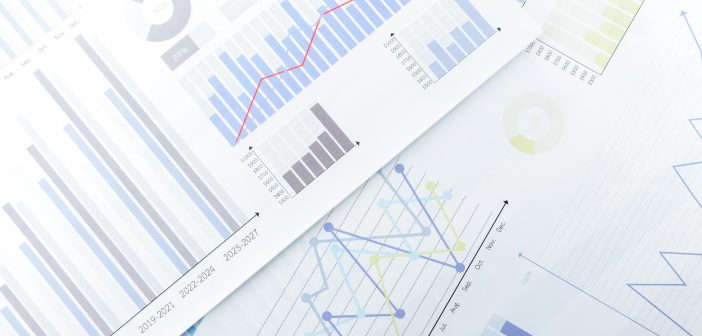Investment market update (for the quarter ended 31 Mar, 2021)
The most significant market move over the last quarter was the jump in longer-term interest rates. Bond prices move in the opposite direction to interest rates (or bond yields) – when yields rise, bond prices fall (and vice versa).
For years (or really decades) bondholders have benefited from falling interest rates, and therefore rising bond prices. Over the last six months the direction has reversed, with higher long-term bond yields resulting in some of the biggest bond price declines for many years. Shorter-term rates didn’t rise as much, but most bond portfolios would have lost value over the last six months.
For investors who plan to own bonds to maturity, these “losses” on bonds aren’t permanent – holders will still receive the same interest on their investment and be repaid in full when the bond matures (unless, of course, the borrower defaults, generally not a common event).
Higher interest rates reflect the improved outlook
Covid-19 vaccine rollouts are progressing around the world. Israel continues to lead the way with 61% of the population having received at least one dose of a vaccine as at early April.
The United Kingdom at 46% and United States at 32% remain the leaders of the major economies. The early evidence is positive, suggesting that vaccines are at least as effective as the clinical trials concluded and likely help prevent transmission of the virus.
Additionally, policymakers (governments and central banks) whose actions have underpinned economies over the past year, remain committed to providing substantial support.
The rise in bond yields reflects confidence that the combination of vaccines and huge policymaker action will (1) drive a strong recovery in the global economy, and (2) potentially help lift inflation (the aim of central banks). Higher inflation lowers the value of money over time – investors, therefore, demand higher interest rates to compensate.
Inflation remains a key uncertainty for markets. We expect a jump in coming months as prices recover from the falls seen during last year’s lockdowns, but we believe it is too early to know if this will be temporary or sustained.
Over the past decade more and more central banks have struggled to boost inflation, despite very low interest rates – technology, high debt levels, globalisation, and an ageing population have all kept a cap on demand and pricing power. These pressures will remain in the years ahead.
Equities have continued to perform well
Despite interest rates rising, it has still paid to be invested in equities. Global equity markets surged into the end of 2020, paused for breath in January, but kicked on again in February and March.
Reporting season, when companies report their results to the market, generally saw profits stronger than anticipated. Companies are benefiting from a combination of improving economic activity and significant cost savings.
Read more: Companies’ profits generally better than expected
This column is general in nature and does not take any of your personal circumstances into account. For personalised financial advice, contact Forsyth Barr for an overview of the services we can provide.












